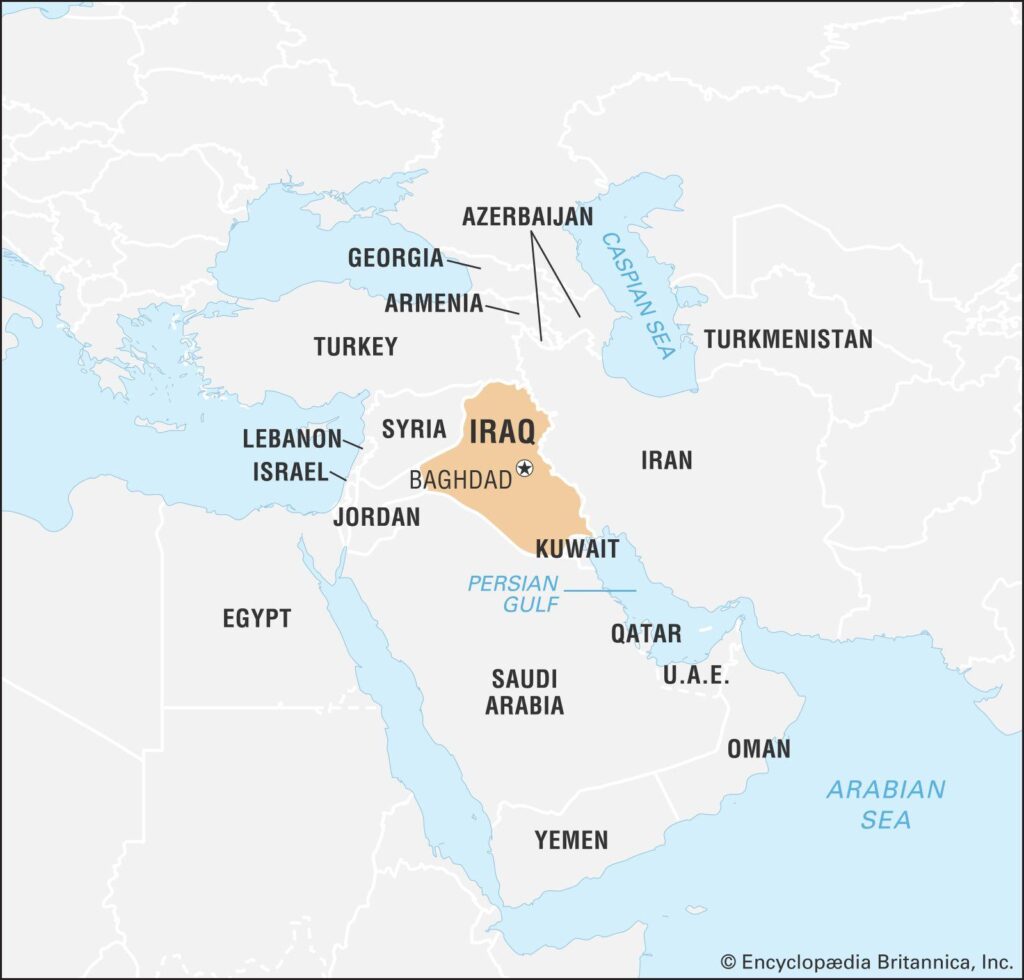Clarifying the Misconceptions Surrounding a Religious Procession in Iraq and Its Political Misattribution
Recently, a video circulating on social media has sparked widespread debate by falsely linking a religious procession in Iraq to political supporters of Zohran Mamdani, a well-known political figure. This misrepresentation has drawn significant attention and confusion online. However, thorough investigation by AFP Fact Check reveals that the footage actually depicts an annual religious event deeply embedded in Iraqi culture rather than any political demonstration. This case highlights the growing challenge of misinformation in digital spaces and emphasizes the necessity for careful scrutiny when interpreting visual content shared globally.
Understanding the Roots of Misinformation: The Case Against Zohran Mamdani’s Alleged Supporters
The viral claims associating participants of an Iraqi religious procession with Zohran Mamdani’s political faction have caused considerable misunderstanding among internet users. Images from this event were hastily interpreted as evidence of political allegiance, despite their true nature as part of a longstanding spiritual tradition observed annually across Iraq.
This conflation between faith-based gatherings and partisan activities not only distorts public perception but also risks inflaming divisions within communities already sensitive to sectarian tensions. Recognizing these dynamics is essential to prevent misinformation from exacerbating societal fractures.
- Historical Significance: The procession commemorates important religious events dating back centuries.
- Lack of Contextual Clarity: Many visuals lack accompanying information about their origin or purpose when shared online.
- Consequences for Social Cohesion: Erroneous associations can deepen mistrust among different groups and fuel unnecessary conflict.
The Reality Behind the Viral Footage: Insights from Fact-Checking Efforts
A detailed review conducted by AFP Fact Check confirms that the video originates from Karbala’s Ashura procession—a solemn occasion marking Imam Hussein’s martyrdom—rather than any politically motivated rally supporting Zohran Mamdani. Thousands participate each year in this ritual mourning event, which holds profound spiritual meaning for Shia Muslims worldwide.
The fact-checkers analyzed timestamps correlating with known dates for Ashura ceremonies and found no evidence such as banners or chants indicating affiliation with any political group. Eyewitness testimonies from local residents further corroborated that this was purely a religious observance devoid of partisan messaging.
- Timestamps matched official Ashura commemoration schedules in Karbala.
- No visible signs or slogans linked to Mamdani or his supporters were present during the event footage.
- Local accounts confirmed participants’ focus on traditional rituals rather than politics.
This example underscores how rapidly misinformation can spread without proper verification, often leading to distorted narratives that impact public opinion negatively across borders and cultures alike.
The Vital Role of Responsible Journalism: Upholding Truth Amidst Misinformation
This incident serves as a stark reminder about media responsibility when reporting on sensitive topics involving religion and politics. Inaccurate portrayals not only damage reputations but may also provoke unwarranted social unrest if left unchecked. Ethical journalism practices, including rigorous fact-checking before publication, are indispensable tools against such pitfalls—especially given today’s accelerated news cycles fueled by social platforms where unverified content proliferates quickly.
- Diligent Verification: Newsrooms must prioritize confirming facts through multiple credible sources prior to dissemination.
- Journalist Training: Enhancing skills related to digital literacy helps reporters identify manipulated media or misleading contexts effectively.
- : Clearly communicating sourcing methods builds audience trust while allowing readers insight into how stories are constructed.
- Error Correction Policies:: Promptly updating articles with corrections maintains integrity over time amid evolving information landscapes.
Taking these steps strengthens public confidence in journalism while curbing harmful effects stemming from false narratives circulating unchecked online environments worldwide.
Navigating Forward: Lessons Learned From This Incident
The mislabeling of an important Iraqi religious ceremony as a politically charged demonstration exemplifies challenges faced globally regarding information accuracy amid complex socio-political contexts. As digital communication continues expanding its reach exponentially, both consumers and producers of news bear responsibility for fostering informed discourse based on verified facts rather than assumptions or sensationalism.
Staying vigilant against misinformation requires critical thinking skills alongside reliance on trustworthy sources committed to transparency.
Ultimately, promoting awareness around cultural traditions alongside clear distinctions between faith-based events versus political activism will help reduce misunderstandings moving forward — preserving respect among diverse communities while supporting peaceful coexistence.
By embracing ethical standards within journalism coupled with enhanced media literacy efforts at all levels—from grassroots audiences up through professional institutions—we can collectively mitigate risks posed by deceptive content spreading rapidly across global networks today.
